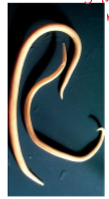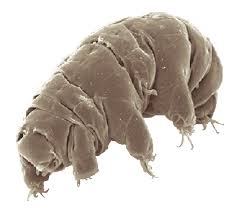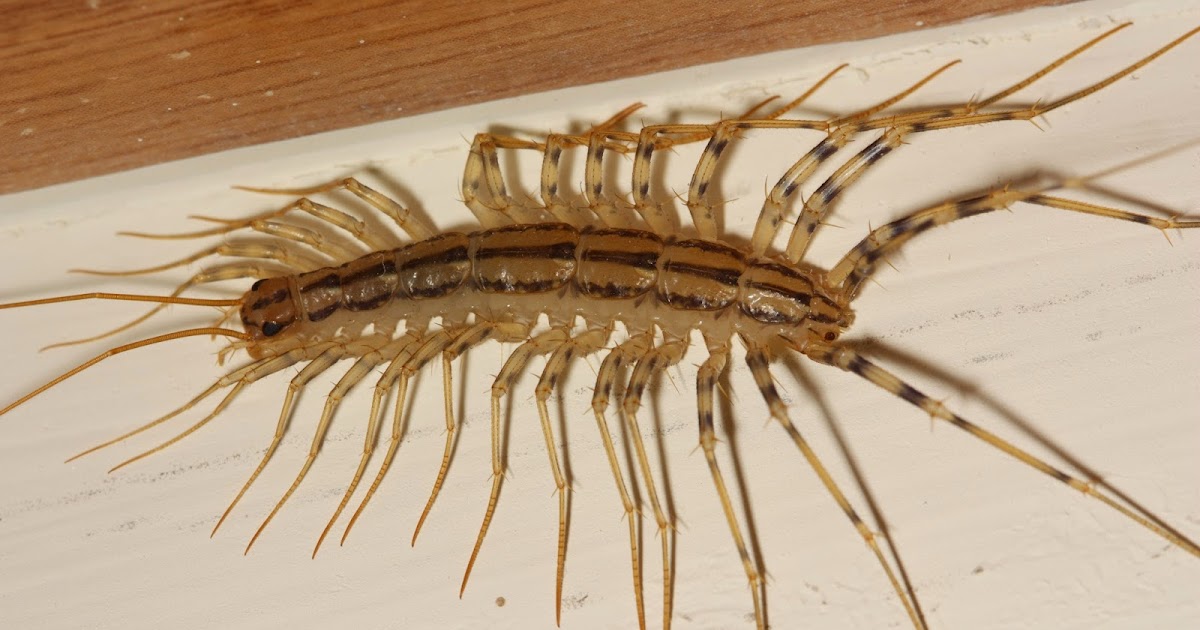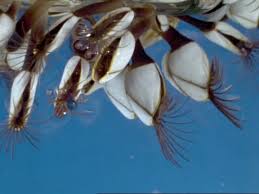Chapter 28 - Invertebrates (Ecdysozoans)
1/71
There's no tags or description
Looks like no tags are added yet.
Name | Mastery | Learn | Test | Matching | Spaced |
|---|
No study sessions yet.
72 Terms
which invertebrates fall under ecdysozoans?
nematoda, tardigrada, and arthropods
those under ecdysozoans will do what?
ecdysis, to mold/shed
phylum nematoda aka
round worms

which phylum would this organism fall under?
phylum nematoda
what are some characteristics for those under the phylum nematoda? color? body is shaped like and the ends are? do they contain segements?
colorless, cylindrical body, has tapered ends, no segmentation
since those under the phylum are triploblastic, which kind are they?
pseudocoelomate
is cephalization present in the phylum nematoda?
head is not distinct
those in the phylum nematoda have a _______, flexible ______ which is their _____ coat and it will shed as it grows aka ______
tough, cuticle, outer coat, ecdysis
their flexible cuticle (outer coat) will do what for them?
protect and support, and is used as attachment of muscles
does the phylum nematoda have a gastrovascular cavity or an alimentary canal?
well-developed alimentary canal
do those under the phylum nematoda have gonads?
yes, gonads are present
does the phylum nematoda have a circulatory system?
no circulatory sysetm
in the phylum nematoda, what helps distribute their nutrients?
their pseudocoelom
how do those in the phylum nematoda move?
they have distinctive thrashing movement
the phylum nematoda is the MOST _________ of all animals?
WIDESPREAD
can nematoda be parasties?
yes, they can be parasites in both animals and plants
what are some examples of animal parasites in the phylum nematoda?
trichina worm, round worm, heard worms
trichina worm causes what and its apart of which phylum?
it causes trichinosis and it comes from eating undercooked pork, and phylum nematoda
phylum tardigrada aka
water bears
are those under the phylum tardigrada segmented?
yes, with chitinous cuticle
how may pairs of legs do those in the phylum tardigrada have?
4 pair of stubby, unjointed legs
those that are in the phylum tardigrada can survive in what kind of conditions?
extreme conditions in a dehydrated dormant state
what is cryptobiosis in terms of tardigrada?
they can come back to life by adding water to them

what phylum do these belong in?
phylum tardigrada
the phylum arthropoda has the biggest ______ of any animal alive
DIVERSITY
how many clades fall under the phylum arthropoda? name all of them
4 clades: chelicerates, myriapoda, crustacean, and hexapods
what are some characteristics of those in the phylum arthropoda? do they have segments? hard or soft exoskeleton? jointed what?
segmented body in 2-3 parts, hard exoskeleton, and jointed appendages
does the phylum arthropoda show cephalization?
yes
those under phylum arthropoda have an exoskeleton made of?
chitin and proteins
their cuticle made of chitin and proteins is used for?
support, protection, and attachment of muscles
in marine species for the phylum arthropoda, how is it hardened?
with calcium carbonate
in land species for the phylum arthropoda, how is it waterproofed?
with waxes to prevent from dehydrating
what is the downside of their exoskeleton?
it limits how much they can grow, body size
in order for those in the phylum arthropoda to grow they must?
molt/shed
for the phylum arthropoda they all have a ______ circulatory system
OPEN
in the phylum arthropoda they have hemolymph, what is that?
hemolymph is a fluid that is pumped in the vessels and bathes tissue, in other words the arthropod version of blood
does gas exchange vary depending on the species?
yes
how goes gas (o2/co2) exchange look like for aquatic species?
they have feathery gills
how goes gas (o2/co2) exchange look like for spiders?
they have book lungs
how goes gas (o2/co2) exchange look like for insects?
they have a tracheal system
for the chelicerate clade they have what to feed with?
chelicerae which are claw-like appendages and in spiders they have poisonous fangs
for the chelicerate clade their body plan consits of?
cephalothorax and abdomen
how many antennae do those in the chelicerate clade have?
none
for the chelicerate clade, they started off as ?
marine
today what are the only aquatic cherlicerates?
horseshoe crabs and sea spiders
most chelicerae are what? think land predators or parasites
arachnids
arachnids have how many pairs of pedipalps? and how many walking legs.
1 pair of pedipalps and 4 pairs of walking legs so 8 total
what is a pedipalp used for?
for feeding
give examples of predatory arachnids
scorpions and spiders
give examples of parasitic arachnids
ticks and mites
do those in the myriapod clade have segments?
yes they have many identical segments
what do those in the myriapod clade use to feed?
chewing mandibles
how many antennae do myriapods have?
1 pair
are myriapods aquatic or terrestrial?
all terrestrial
give examples of those in the myriapod clade
centipedes and millipedes
are millipedes the nice or bad ones? how many pair legs per segment?
NICE, they are detritivores/herbivores, 2 pair
are centipedes the nice or bad ones? how many pair legs per segment?
BAD, they are predators, 1 pair with poison claws and brightly colored sometimes

what phylum and clade does this fall under?
phylum Arthropoda and clade myriapoda
for the crustacean clade they are mostly ??? (marine, land, etc)
mostly marine, but also freshwater and some land
how many pairs of antennae do crustaceans have?
2 pair
give examples of crustaceans
crabs, crayfish, lobsters, krill

crustaceans can also be?
filter feeding barnacles
crustaceans also include? (think rolls)
rollie polies
the hexapods clade includes?
insects
the hexapod clade is the first time we say animals do what??
fly
where did the hexapods wings come from/derived from?
cuticle extensions
what does the hexapod anatomy look like?
body (3 parts, sing song), thorax had 3 pairs legs, and head with 1 antennae
what do those in the hexapod clade use for feeding?
mandibles
the mandibles that are used for eating are often modified making them?
homologous
what do those in the hexapod clade use to excrete metabolic waste?
Malpighian tubules
those in the hexapod clade have a unique what? think gas exchange
unique tracheal system
those in the hexapod clade do what for reporduction?
metamorphosis